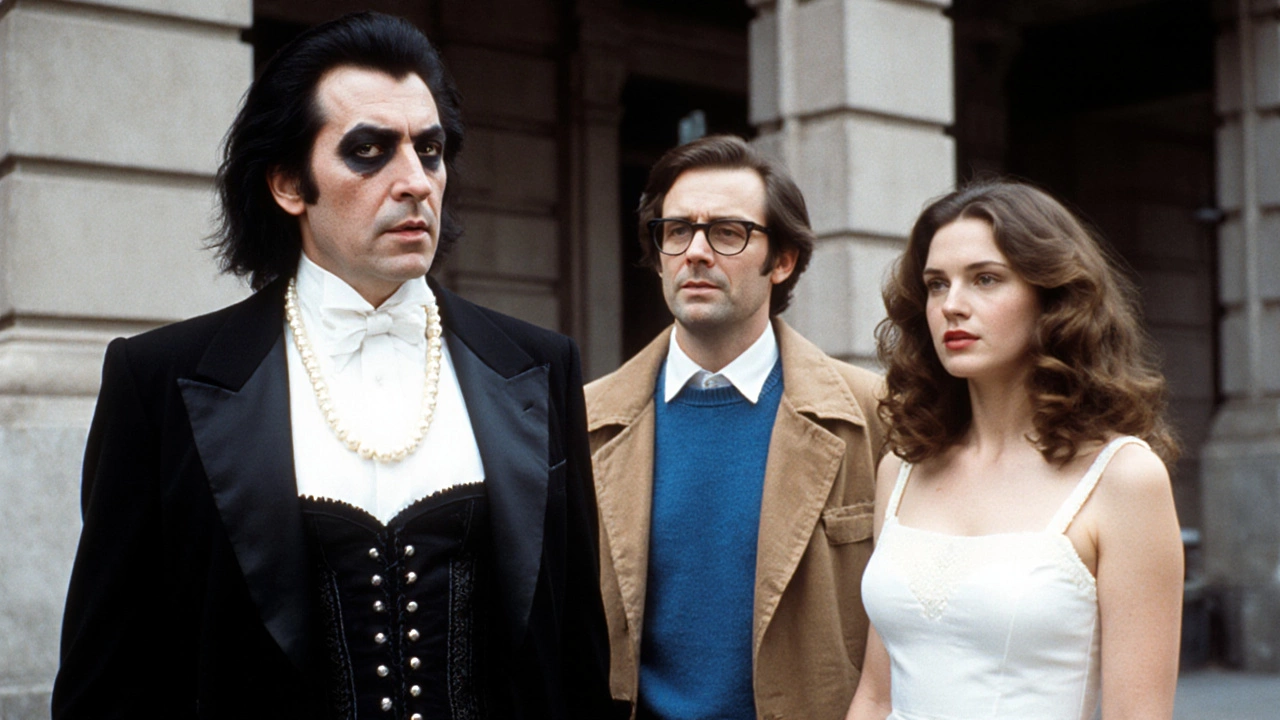Rocky Horror – The Cult Musical That Keeps Shaking Up Entertainment
When talking about Rocky Horror, a 1975 musical film and stage show celebrated for its midnight screenings, flamboyant costumes, and audience participation. Also known as The Rocky Horror Picture Show, it blends horror, comedy, and rock music into a lasting pop‑culture phenomenon. This opening defines why the title tag draws fans who crave a mix of theater, rebellion, and pure fun.
Why the Show Feels Like a Cross‑Genre Spectacle
One of the most compelling related ideas is cult classic, a work that gains a devoted following long after its release, often through repeat viewings and fan rituals. The Rocky Horror experience encompasses interactive call‑and‑response, costume contests, and even themed food at venues. Another key player is live streaming, the real‑time delivery of video content over the internet, enabling remote audiences to join events as they happen. In recent years, theaters have streamed midnight shows, letting fans worldwide chant “Time Warp” together. This synergy shows that Rocky Horror isn’t just a stage act; it’s a digital‑ready phenomenon.
The link between theater and sports entertainment, the blend of athletic competition with dramatic storytelling, flashy production, and audience engagement becomes obvious when you notice how both rely on spectacle. A boxing exhibition like Jake Paul vs. Gervonta Davis turns a fight into a storyline, just as Rocky Horror turns a movie into a participatory ritual. The semantic triple "Rocky Horror influences sports entertainment" holds because both sectors use costumes, music, and hype to heighten emotional impact. This crossover fuels debates about size gaps in fights or the authenticity of fan chants, mirroring the show’s own debates on gender, sexuality, and performance.
Fans form a fan community, a group of dedicated supporters who share experiences, create content, and keep the tradition alive. On platforms like Discord or Reddit, you’ll find threads dissecting the best “Time Warp” moves or comparing the energy of a live broadcast to a theater night. Those same communities discuss streaming tech for youth sports, the economics of big‑ticket fights, and even historical stories like Holocaust survivor testimonies—showing how a single tag can gather diverse, high‑energy topics under one roof.
From a practical standpoint, anyone wanting to launch a live‑streaming site for youth sports can learn from how Rocky Horror’s producers adapted to digital audiences. They need solid video infrastructure, clear rights contracts, and a social‑media push that mirrors the show’s grassroots hype. The same principles apply when a promoter decides to broadcast a high‑profile exhibition match; the goal is to turn a single event into a shared cultural moment.
Below you’ll find a curated list of articles that touch on these intersections: bold boxing matchups that feel theatrical, insights into fan‑driven storytelling, tips for streaming niche events, and even deeper looks at how cultural moments—like a Holocaust survivor’s story—can inspire the same kind of collective remembrance that Rocky Horror fans experience each night. Let’s see how each piece adds to the bigger picture of spectacle, participation, and the power of community.

Rocky Horror Doc Screens UK Oct 3‑8, Featuring Cast Legends
The new Rocky Horror documentary screens Oct 3‑8 across the UK, featuring fresh interviews with Tim Curry, Susan Sarandon, Richard O'Brien and fan icons Jack Black and Trixie Mattel.
Read More